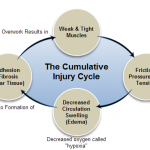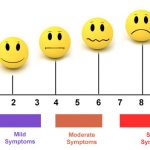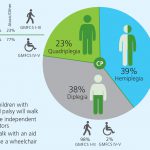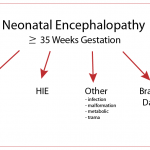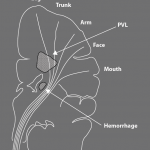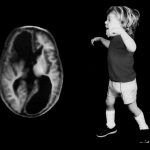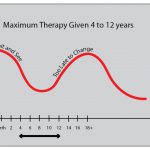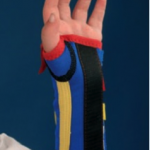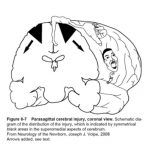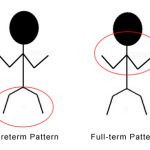Most children and adults with Cerebral Palsy (CP) and Brachial Plexus Injury (BPI) live with chronic pain. The more severe the injury, the earlier the pain onset. I went […]
How Much Does It Hurt?
Three out of every four children with cerebral palsy and the majority with brachial plexus injury have chronic, moderate to severe pain (Level 7-10). In most cases, the pain relates […]
Will My Child Walk? Are We Doing the Right Therapy?
The ability of a child with cerebral palsy to walk independently or with an aid depends upon which parts of the body are affected [topography] and the severity of the […]
Hypoxic Ischemic Encephalopathy [HIE] or Neonatal Encephalopathy [NE]?
You have heard me argue against using generic terms like Cerebral Palsy as a final diagnosis, so you may be surprised that I am favoring the newer term Neonatal Encephalopathy […]
Spastic Diplegia – Cure For Some, Improvement For All
Spastic Diplegia is the most common form of cerebral palsy in children who have been born early. Every once in awhile, a child is born at term and develops typical, […]
Do Brain Scans Improve Diagnostic Accuracy?
Yes and no. Starting with CT scans, then head ultrasounds, MRIs and now fMRIs and Diffusion Tensor Imaging, brain scans have given us progressively more detailed pictures of the brain. […]
“Lost Time is Never Found Again” Benjamin Franklin
The way pediatric neurorehabilitation is provided to children with cerebral palsy is problematic in light of current knowledge of neuroplasticity. The maximum intensity of therapy is given in the middle […]
Quick Fixes for 2014 – Stabilize the Wrist and Thumb
Happy New Year. I am starting off the year with some tips and tricks to get you the “biggest bang for your buck” in the shortest possible time. It is […]
Intrathecal Baclofen Pump In Cerebral Palsy
Full-term pattern cerebral palsy comes in two varieties, one of which can be helped by a Baclofen Pump. The major indication for use of a pump in a child with […]
Selective Dorsal Rhizotomy (SDR) in Cerebral Palsy
It is important to distinguish between Preterm and Full-term pattern cerebral palsy. The circles on the stick figures indicate the areas of highest tone in the two conditions. The brain […]
